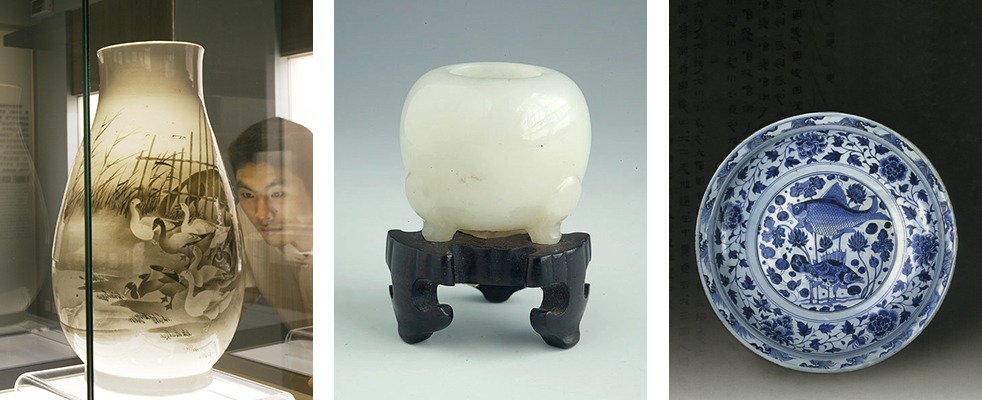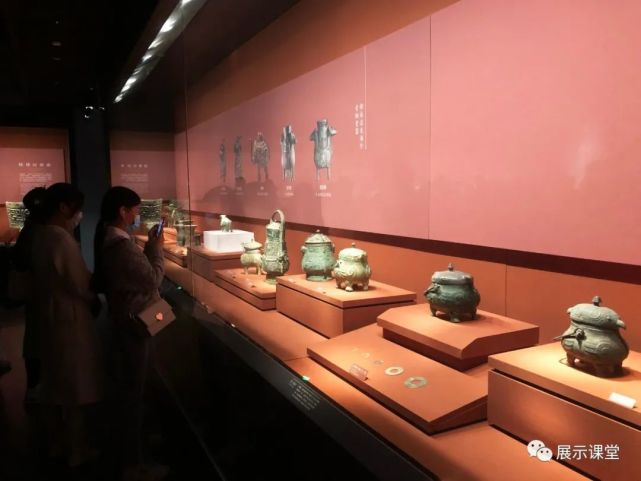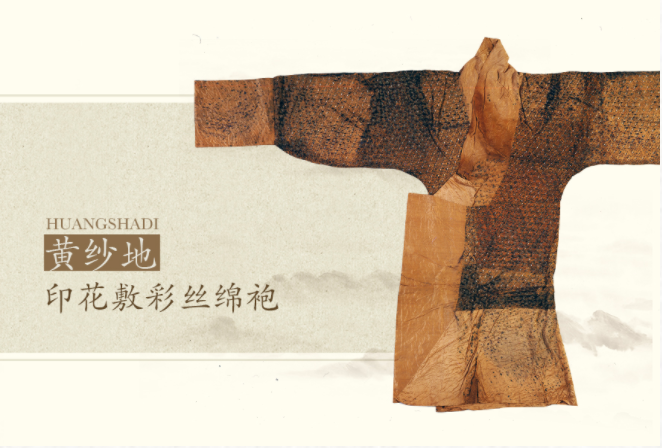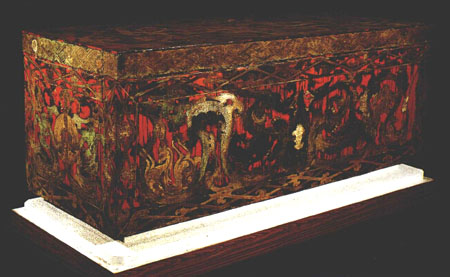Hunan Museum
2022-07-07

With a history of over half a century, Hunan Museum has made remarkable achievements in exhibitions, social education, public services, development and innovation of cultural and creative products, operations and management. It has become one of the most influential museums in China and one of the most advanced museums in the international arena.
The museum boasts abundant collections and houses over 180,000 artifacts, which feature the cultural relics excavated from the world-famous Mawangdui Tombs of Han Dynasty, the bronze wares of the Shang and Zhou Dynasties, cultural relics of Chu State, pottery and porcelain works from various dynasties, calligraphy works and paintings, and cultural relics of modern times.

In order to fully display these cultural treasures in the museum, Hunan Museum conducts in-depth research on the cultural relics and stages two permanent exhibitions and four theme exhibitions by utilizing modern display technology. The two permanent exhibitions are The Mawangdui Han Dynasty Tombs in Changsha, and Hunanese-Exhibition of Hunan History and Culture. The four theme exhibitions display bronze wares, ceramics, calligraphies and paintings, and crafts respectively.
Exhibitions:
Exhibitions:
Changsha Mawangdui Han Dynasty Tombs Exhibition

With a display area of 5,243.8 square meters, the exhibition uses more than 1,000 items to fully reproduce the life of Li Cang’s family (Li Cang was conferred the rank Marquis of Dai in the early Western Han Dynasty), reflect the cultural-ethical and material development of Han Dynasty, demonstrate the scientific accomplishments in the ancient times. The exhibition involves four parts in three floors, including Great Archaeological Discovery, Life & Arts, Collection of Bamboo Slips and Silk Manuscripts, and the Dream of Ever-Lasting Life.

Hunanese-Exhibition of Hunan History and Culture

Hunanese-Exhibition of Hunan History and Culture is on the second floor of the museum, which is divided into five parts—Home, Where Do I Come From, Dongting-Land of Rice and Fish, Traces of Everyday Life and Spirit of Hunanese.

Collections:
Printed and painted floss silk padded gauze robe

Unearthed from Han Tomb 1 at Mawangdui, Changsha in 1972, the printed and painted floss silk padded gauze robe was highly favored by women of Han Dynasty. The dress is 132 centimeters in length, 228 centimeters in overall length of sleeves, 28 centimeters in sleeve width, and 54 centimeters in waist width.
The multi-color printing technique was employed to produce this robe. The colors include vermilion, white, dark, gray, cool grey and warm grey. The lines of the patterns are clearly printed in a smooth manner. With such superb craftsmanship, the silk fabric combining printing and color painting used as the outer material of the gown is the first of its kind found in China.
The multi-color printing technique was employed to produce this robe. The colors include vermilion, white, dark, gray, cool grey and warm grey. The lines of the patterns are clearly printed in a smooth manner. With such superb craftsmanship, the silk fabric combining printing and color painting used as the outer material of the gown is the first of its kind found in China.
Coffin with painted designs on vermilion lacquer coating

Made in Han Dynasty, the coffin with painted designs on vermilion lacquer coating is the third inner coffin of Tomb 1 at Mawangdui. The outermost coffin was a plain coffin in black lacquer, and the second coffin was a coffin with painted designs on black lacquer coating. The third coffin is 230 centimeters in length, 92 centimeters in width and 89 centimeters in height.
The entire coffin is painted in red vermilion lacquer, inside and out, and the outside is painted with auspicious designs of dragons, tigers, rosefinches, deer and immortals in green, lotus brown, dark brown and yellowish white oil paint. With rich content, the patterns on each facet of the coffin are different. Due to the superb painting technique, this object is regarded as an artistic treasure in the history of China’s lacquerwares.
The entire coffin is painted in red vermilion lacquer, inside and out, and the outside is painted with auspicious designs of dragons, tigers, rosefinches, deer and immortals in green, lotus brown, dark brown and yellowish white oil paint. With rich content, the patterns on each facet of the coffin are different. Due to the superb painting technique, this object is regarded as an artistic treasure in the history of China’s lacquerwares.


